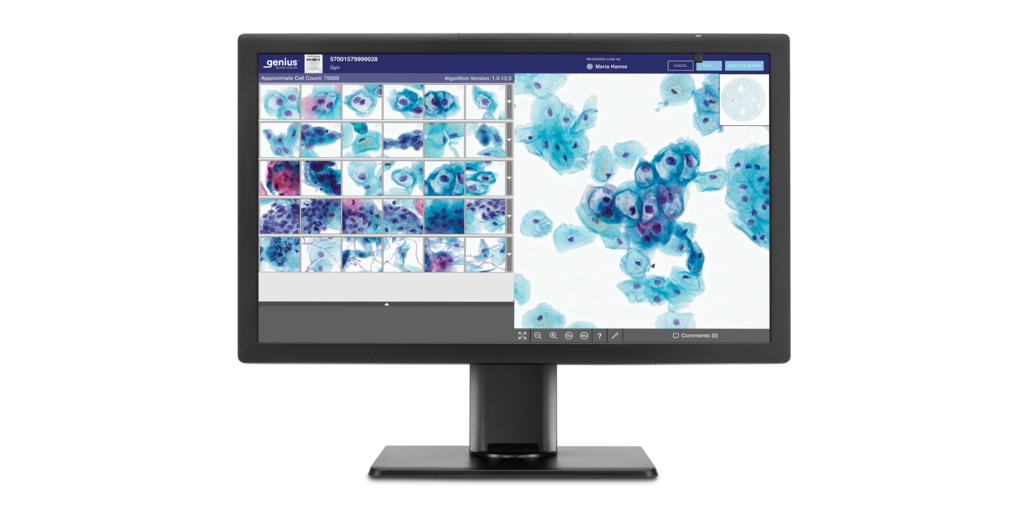While the amount of acetone present in a patient’s breath is an accurate biomarker for blood glucose concentration, breathalyzer technology was previously not developed enough for clinical use. As a result, diabetics must use a fingerprick device multiple times per day to monitor blood glucose levels.
Now, researchers at Western New England University have developed a way of measuring breath acetone concentration using a cost-effective, portable medical device. In speaking with medGadget, Dr. Ronny Priefer of the university’s Department of Pharmaceutical and Administrative Sciences, and one of the scientists that developed the device, explained how the technology works.
According to Priefer, breath samples are composed primarily of water, with only a small fraction consisting of acetone. If acetone is only present in a few parts per billion, this presents a challenge in accurately quantifying the compound.
While most previous attempts at creating an acetone breathalyzer have applied a method of removing the water from the sample, this is difficult to do without removing the acetone as well. To mediate this issue, Priefer and his colleagues decided to use the water as a sensor activation agent in their medical device.
This new technology applies polymer layers which swell when exposed to humid air in breath samples. This response allows any acetone to penetrate the polymer layers, which triggers the formation of cross-links between alternating layers.
Using spectroscopy, the researchers were able to quantify the amount of cross-linking in the device, allowing them to determine the amount of acetone present in the patient’s sample. The amount of acetone can then be used to establish how much glucose is in the blood.
While the inner workings of the medical device are complex, the test only takes about ten seconds to return a result. In most cases, this is faster and less-invasive than traditional fingerprick glucose meters.
According to the researchers, the technology behind the medical device in inexpensive, which could make it an ideal candidate for applications in clinical practice. So far, the device only exists in a prototype form, however the researchers are planning a clinical trial to test the technology.












Join or login to leave a comment
JOIN LOGIN